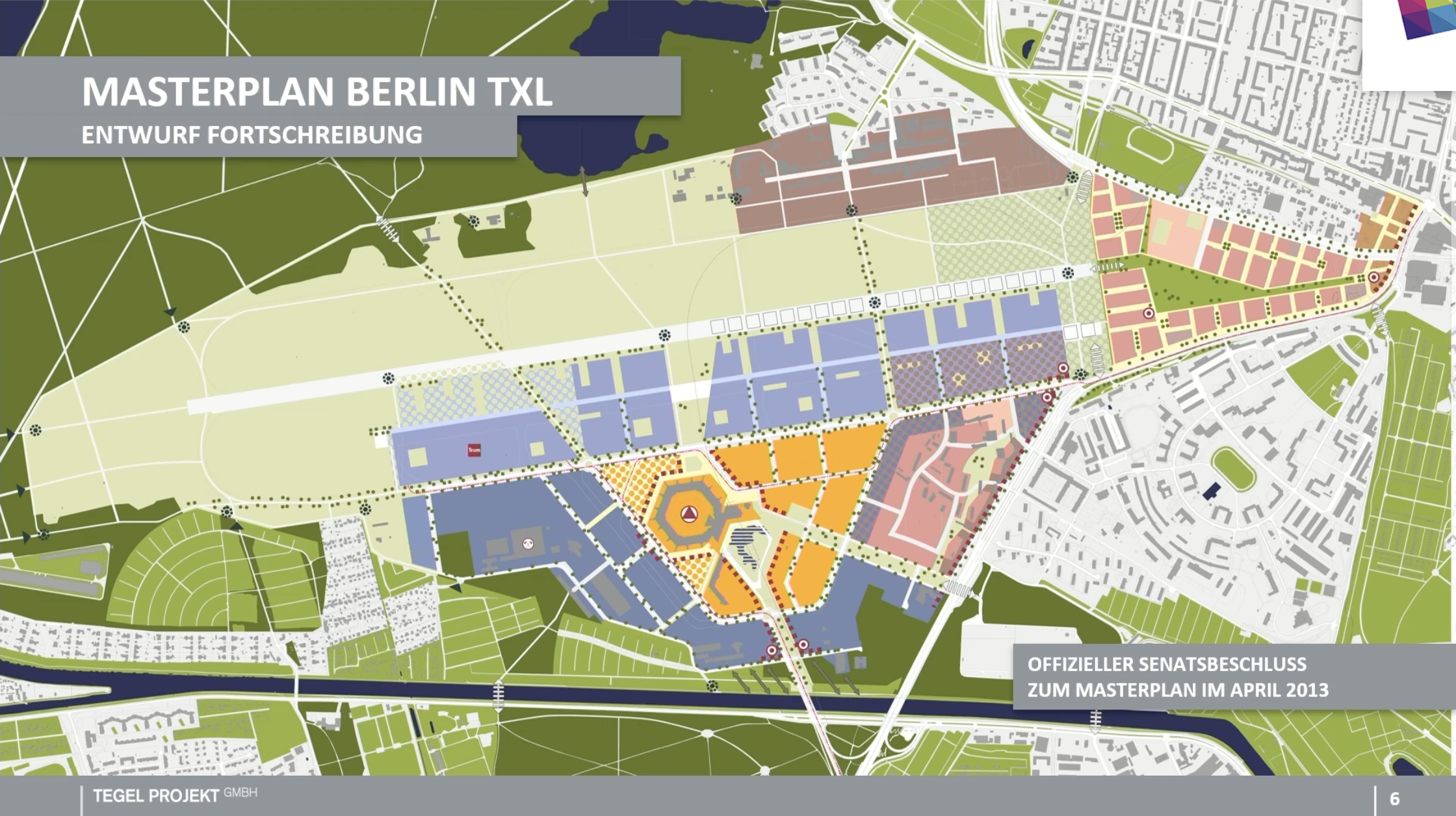Urban Analysis of Schumacher Quartier
In a team of 4 people, I conducted an urban analysis of the Schumacher Quartier construction project on the former site of Berlin Tegel Airport. We centered our analysis around four main categories: sustainability, efficiency, equity, and livability. Our analysis involved qualitative and quantitative components, for which we used Python and Matlab to aid us with data analysis. To gather data and get more insight into the project, we contacted Achim Nelke (Design & Development), Anastasia Rudneva (Smart Utilities & Infrastructure), Martyna Dubianska (Site Management), Antje Sahr (Design & Development), Ella-Paulina Küchenmeister, and Till Richter who were all working on the project. Our sustainability calculations were focused around three categories: energy, transportation, and water. Overall, the construction plan performed very well in terms of sustainability and livability. The bulk of the recommendations from our report were regarding the equity and livability aspects.
Hamburg Air Quality Analysis
I worked with 2 other people to compare the air quality between two neighborhoods in Hamburg—Veddel and Sternschanze. Veddel is the main industrial district in Hamburg, while Sternschanze can be categorized more as a residential neighborhood. Our research question was:
Looking at pollution data from 2018 of two Hamburg neighborhoods (Veddel and Sternschanze), what do the different levels of SO2, NO, and PM10 between these two neighborhoods indicate about the impact of an area’s primary source of income and economic activity on air quality?
The pollutants included in our dataset, collected at a wind speed data collection center in the North of the city, were NO, NO2, PM10, PM2.5, and SO2. We only focused on NO, PM10, and SO2 for the scope of this project because of the severity of the health hazards they pose. We mainly used three R packages for our data analysis and visualizations: openair, tidyverse, and ggplot2. Percentile roses, polar annuli, histograms, trend level plots, and Theil-Sen plots were among the plots we chose for our data visualizations.
Our main takeaways were that although the industrial region has higher pollution levels, the pollution levels there are decreasing at a faster rate than the residential one. It was also important to realize that individuals who earn below Hamburg’s average income, such as those in manufacturing and labor positions, may be at higher health risks than those wealthier individuals living in more residential areas due to the poorer air quality of their work and/or home space.
Mahjouba Initiative
I served as the Project Manager of a team of 4 developers and 3 designers working with Mahjouba Initiative. Our project addressed the need for a formal and organized way to use parts produced by local craftspeople to manufacture motorcycles, while ensuring that craftspeople are paid and credited. Our solution consisted of two apps. A makers app that conveys orders and offers blueprints for craftspeople, organizes the invoicing and paying, and allows craftspeople to build profiles that house their part portfolios. The second app, the riders app, allows riders to purchase motorcycles from Mahjouba and lets them track who built the parts of their motorcycles. In the future, the riders app will also serve as an interface between the bike and the rider via Bluetooth (location, speed, time, music).








